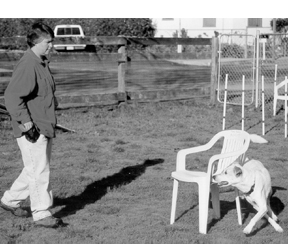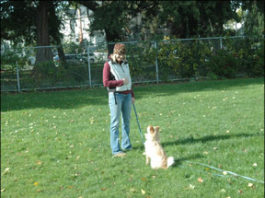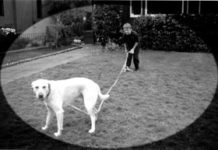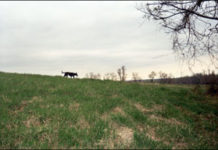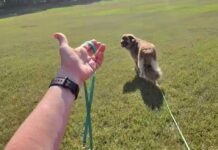Long Distance Information
controlled area" to "come reliably when called regardless of where we are or what other exciting things are happening"?
Enter the long line: a behavior management tool that you can use very effectively to prevent Ranger from being rewarded by dashing off. The fact that he can't leave also gives you the opportunity to convince him that coming to you is irresistibly rewarding regardless of the circumstances.
Long lines come in many forms
Teach Your Dog to Run Off Leash
My dog, Molly, runs like the wind. When I see her run, it is impossible for me not to appreciate the beautiful, graceful way she moves. She is also a rescue dog, with a number of canine behavior problems caused by severe neglect in her first few months. The combination of a bad environment and a fearful temperament created a dog who protects herself by aggressively warning off any stranger. An occasional off-leash run is one of the few ways I can give Molly enough exercise to keep her calm and make her unequivocally happy, and this practice is improving our relationship. It’s not without some stress, however.
On-Leash Training Blossoming into Off-Leash Reliability
The transition from on-leash training to off-leash reliability can be a frustrating challenge. “But he knows what ‘come’ means!” a client wails, and points as proof to the fact her dog comes impeccably, every time, when called in the training center, the house, or the backyard. Her dog does know what come means – in the training center, in the house, and in the backyard. He also knows that when he’s hiking in the woods, chasing squirrels and rabbits is far more rewarding than coming back when he is called, especially since “Come” often means “The hike is over, the leash is going on the collar, and we’re returning to the car.”
Possible Barriers to Training Walks
Dogs who struggle to focus on their owners when away from home usually do so for one of two reasons either the dog is too distracted by the environment, or he's under the influence of anxiety or fear. With anxiety and fear, the dog's body language tells a powerful story. His posture might be slinky head low, tail tucked, ears pinned back. His pupils might be dilated, with the whites of his eyes visible.
How to Stop a Dog From Pulling on a Leash
Any chance you’d like to transform your dog walks from frustrating leash-pulling contests of strength to enjoyable and cooperative outings?
How to Get a Dog to Listen When Distracted
Does your dog respond reliably to you at home, but starts ignoring you and focusing on distractions the moment you step out the door? Getting your dog to listen when distracted starts with training in a distraction free environment and slowly adding distractions.
How to Teach a Dog to Come When Called
The goal with a recall is for the dog to respond to the “come” cue automatically, enthusiastically, and without hesitation. This is safety-critical behavior. If your dog is heading toward a busy road coming to you when you call her could save her life.
A Long Line: The Surprising Problem-Solver
The ever-changing outdoor environment is wildly exciting for our dogs. Alas, when they enthusiastically zigzag after every scent, bike, or friend, they yank us along with them. To break free, start fresh! Head to a new spot, with a different approach. Ditch the 6-footer and grab a long line, which is essentially a longer, thinner, lighter leash.


